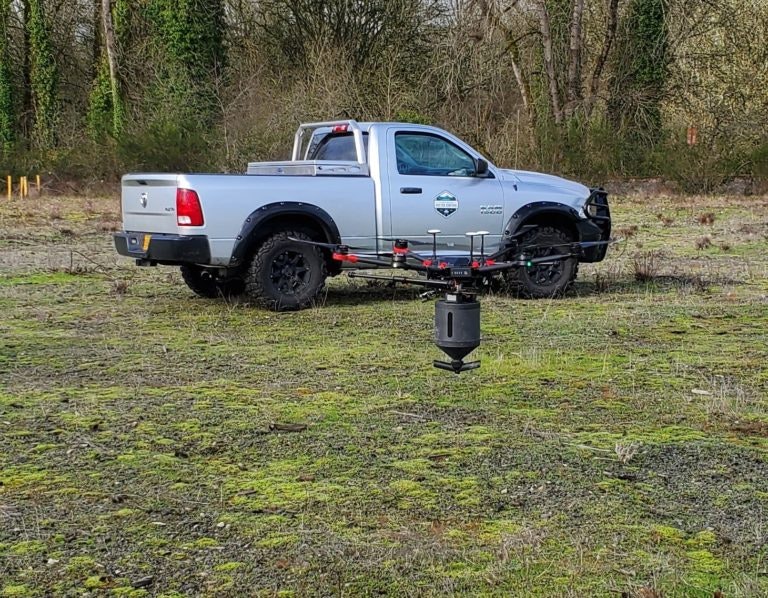Aerial Applications
Aerial Applications
The Aedes Vexan is a common mosquito in the Northwest. This is a floodwater species that hatches in the river lowlands producing extremely high populations of adult mosquitoes. These mosquitoes can travel up to 20 miles from their hatch site in search of a bloodmeal. This species is a vector of West Nile Virus and Western Equine Encephalitis. The Ochlerotatus Sticticus is a secondary floodwater species with similar ecology and habits as the Aedes Vexan mosquito. Due to the vast area that is flooded during the spring freshet, the Aedes Vexan mosquito is a primary problem for the district. Due to the vast amount of area that is flooded during the spring freshet the district opted to join an Aerial Application Co-op that includes Multnomah, Clark, and Cowlitz Counties. By organizing aerial control efforts, all of the districts involved work together to keep the cost of aerial application down and increase the effectiveness of applications along our district's borders.
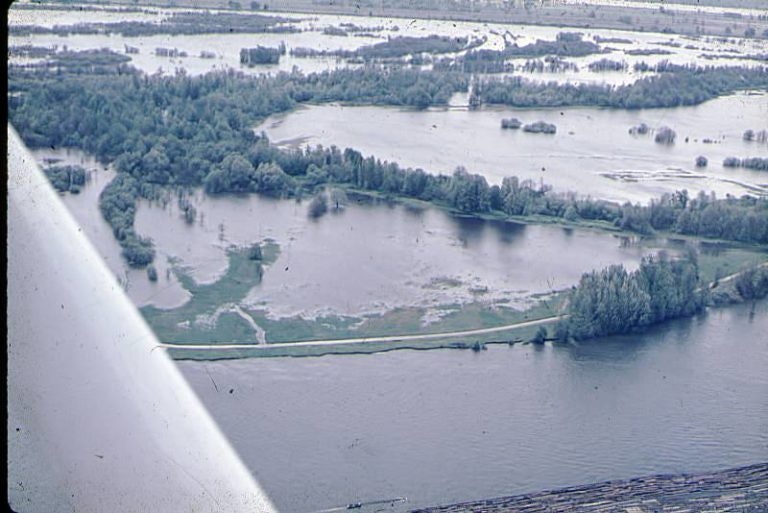
This is a typical setup of the helicopter with the hopper underneath to distribute BTI Granules.
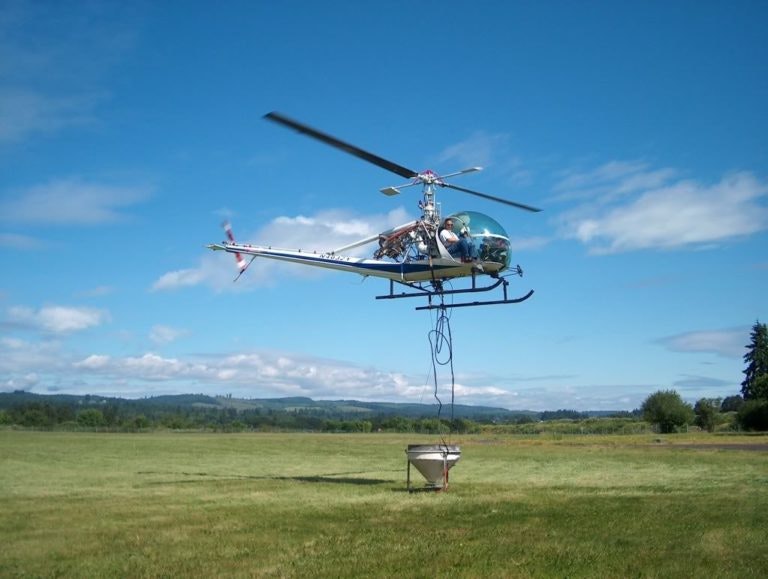
Loading the hopper with BTI granules with Multnomah County Vector Control
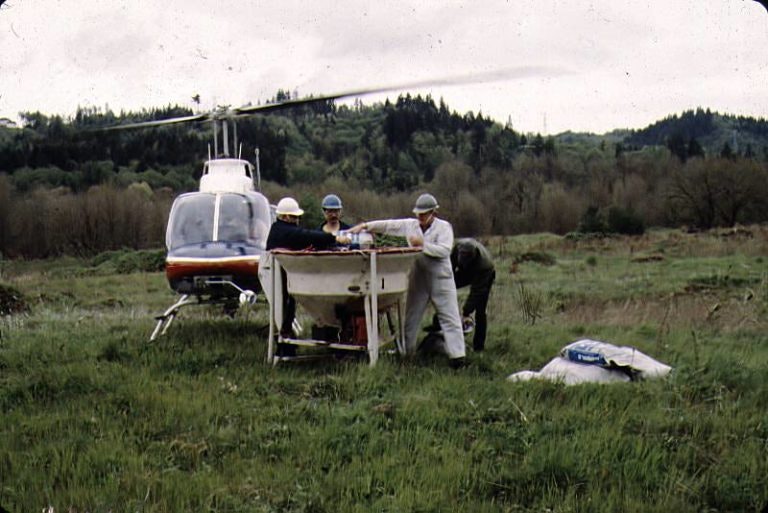
This is the hopper as it spreads BTI granules over mosquito habitat from the helicopter.
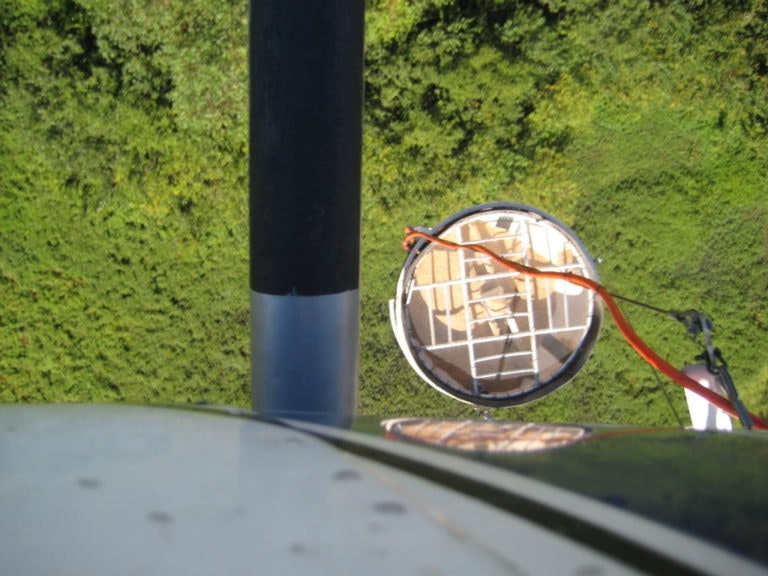
Each helicopter is equipped with a navigational system that provides us with a detailed area of where we apply treatments. Â This is a map showing the exact locations of one our applications on Sauvie Island and nearby areas
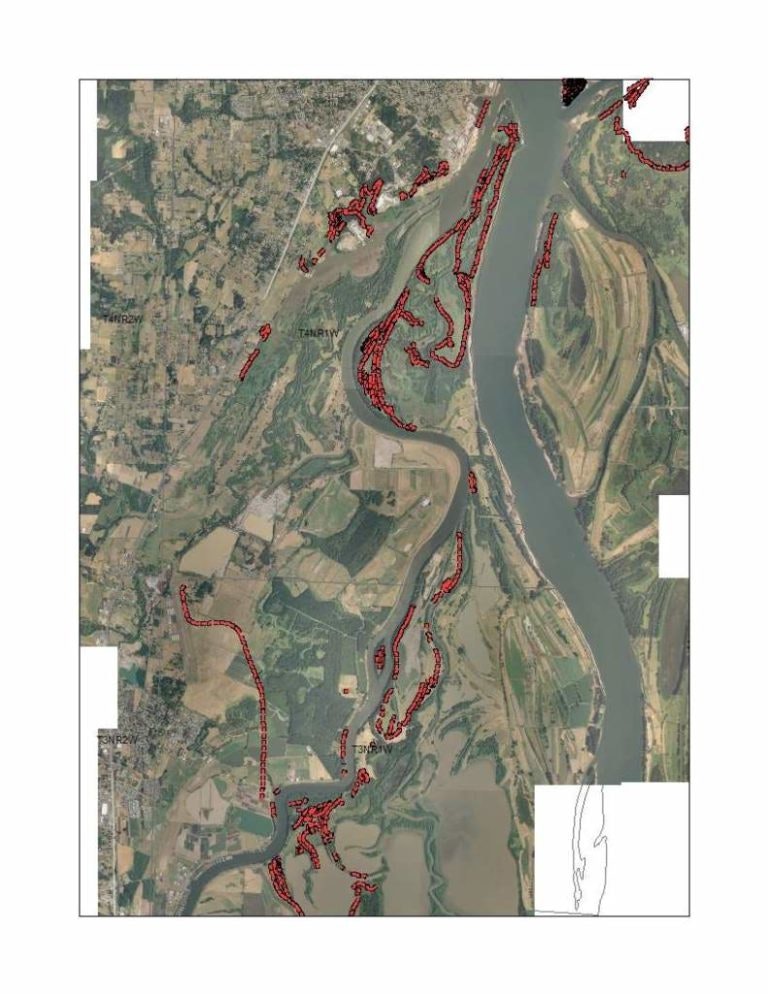
In January of 2020 the District obtained its first UAS(unmanned aerial system) designed for aerial treatment of mosquitoes. Rigorous testing with third-party aid was conducted to ensure proper calibration of the machine. It is hoped that the UAS will replace much of the treatment the District currently uses the helicopter for.
